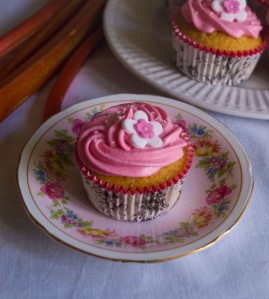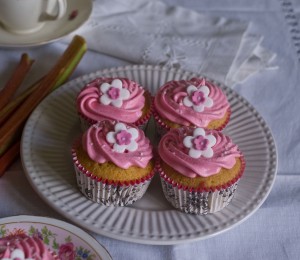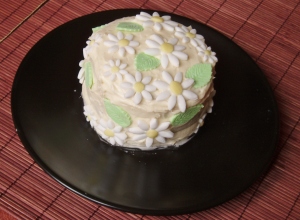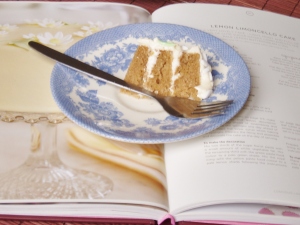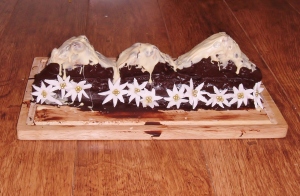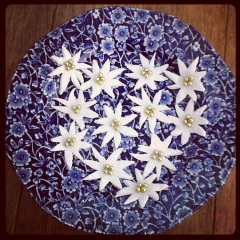The development of a national cuisine is an ever-changing process. It is affected by many things, from global climate issues to historical events, all of which can drastically change the food that is eaten by a national people. Estonia is a clear example of this; the elimination of much of the culinary leaders during the USSR annexation of 1940 resulted in a country viewing food simply as a way of survival. Food was scarce, both the variety of foods available, but also the amount of food. The many restaurants were either shut down completely or reopened, providing Soviet cuisine. As a result, traditional Estonian food became less and less usual. Alongside this ran an influx of new culinary influences through the many displaced immigrants from other eastern Europen countries, who all played their part in adding a great amount of diversity to the existing culinary minds. After the annexation, Estonians took advantage of the diversity in ingredients, fusing traditional ideas with new concepts, brought in from countries all over Europe. The existing meat-and-potato based cuisine has been extended to include more uncommon fruits and vegetables and as a result to develop a tradition of food which is far more exciting than was previously available.
This recipe makes use of rhubarb, the lovely deep pink stems of which are seen in many Estonian gardens. A very popular cake in Estonia contains rhubarb and cardamom, so I combined these two flavours with hint of ginger and a dash of rosewater to create a cake which takes traditional Estonian flavours and brings them forward into a decidedly modern cupcake.
Rhubarb, Rose and Cardamon Cupcakes
Ingredients:
- 4 eggs
- 8oz caster sugar
- 8oz butter
- 8oz plain flour
- 3 tsp baking powder
- 1 tsp vanilla essence
- 25 cardamon pods, seeds removed OR 1 ts ground cardamon
- 1/2 tsp ginger
- 8 sticks of rhubarb
- 2 tbsp caster sugar
- 10ml cup water
- 1 tsp rosewater
- 80g butter
- 250g icing sugar
- 2 drops red food colouring
- decorations of your choice
Instructions:
Preheat the oven to gas mark 5, and line 2 12-hole bun tins with bun cases. Set aside for later.
Cream together the butter and sugar, before beating in the eggs. Add the flour, baking powder, vanilla, cardamon and ginger and mix thoroughly. Spoon into the bun cases and bake in the oven for 25-30 minutes, until and inserted toothpick comes out clean. Remove and leave to cool.
While the cupcakes are cooling, make the rhubarb filling. Cutthe sticks of rhubarb into small pieces and place in a small pan with the water and sugar. Cook on a medium heat until the rhubarb is falling apart and the mixture is thick, gloopy and sticky. Remove from the heat and strain 4 tablespoons of the mixture through a sieve to produce a pink syrup. Set this syrup aside for later. Leave the remainder of the compote to cool completely
Use a cupcake corer or a small knife to remove a small section from the middle of each cupcake. Fill this hole with the rhubarb compote made earlier. Set aside. Make the buttercream by beating the butter, icing sugar, rosewater and the rhubarb syrup until the mixture is thick and fluffy (about 5 minutes) Add a few drops of red food colouring to create a pink icing. Spoon this in the piping bag with a large star nozzle and pipe onto the top of the cupcake. Decorate with sugarpaste flowers or other decorations of your choice.

